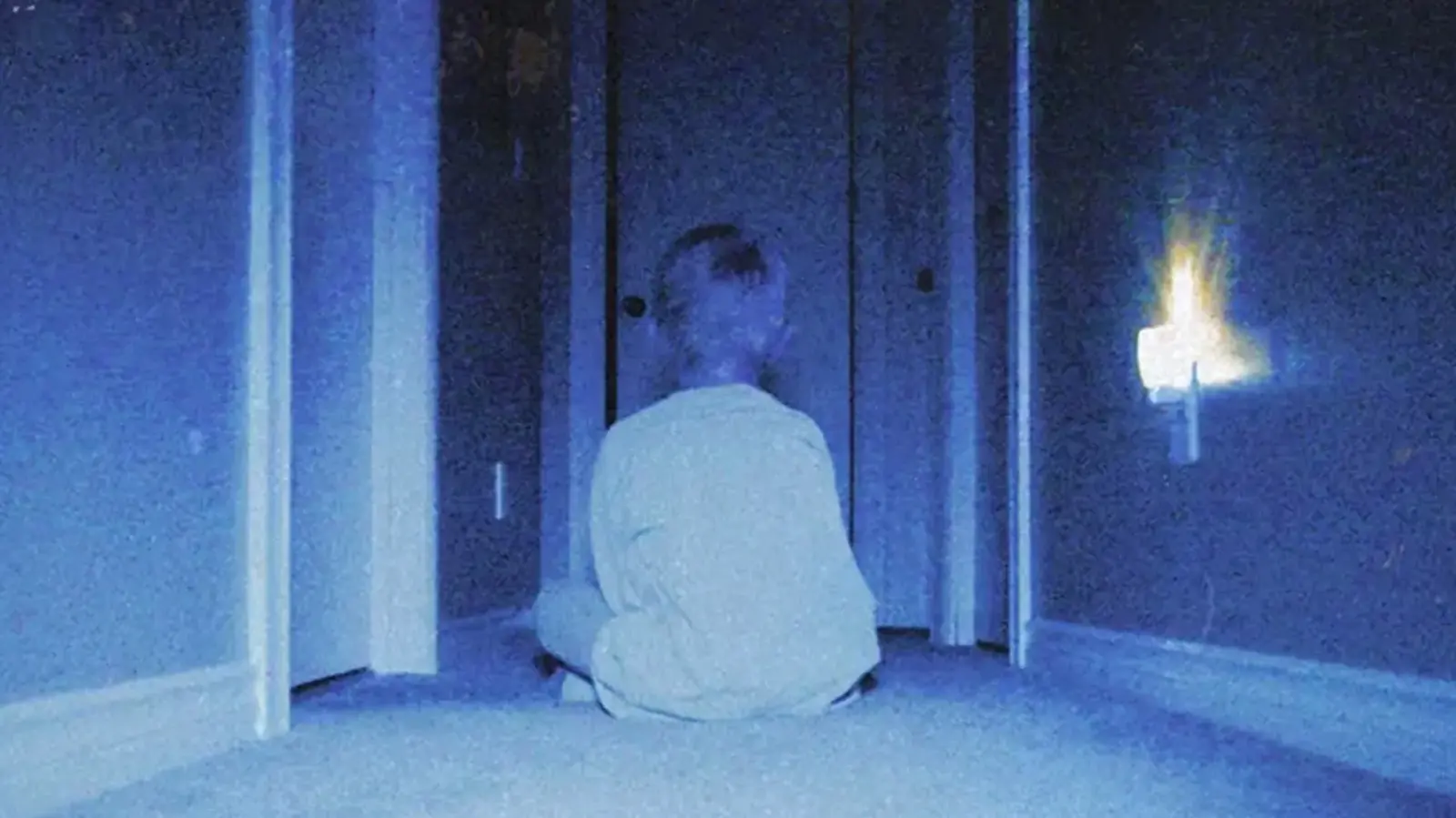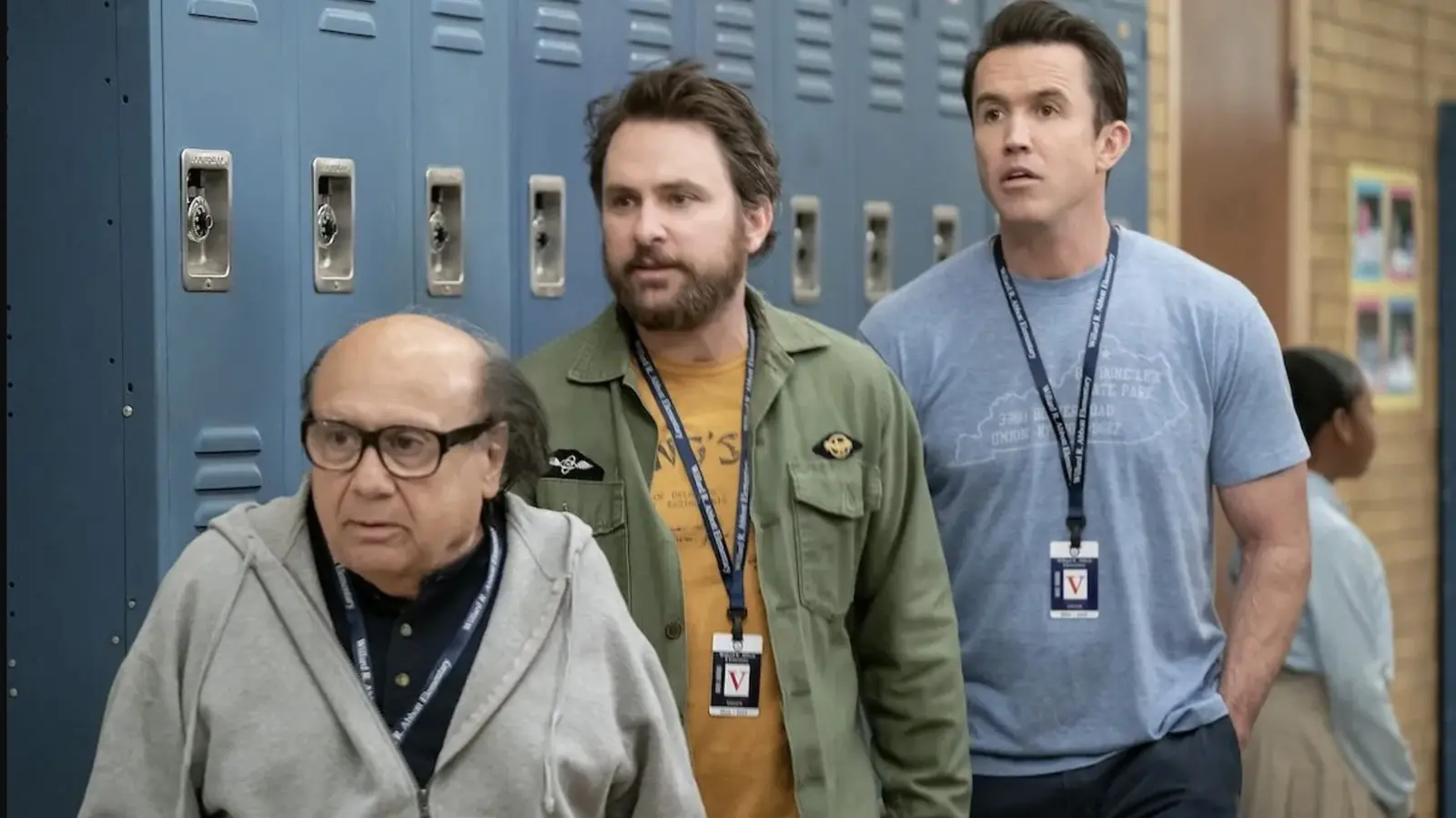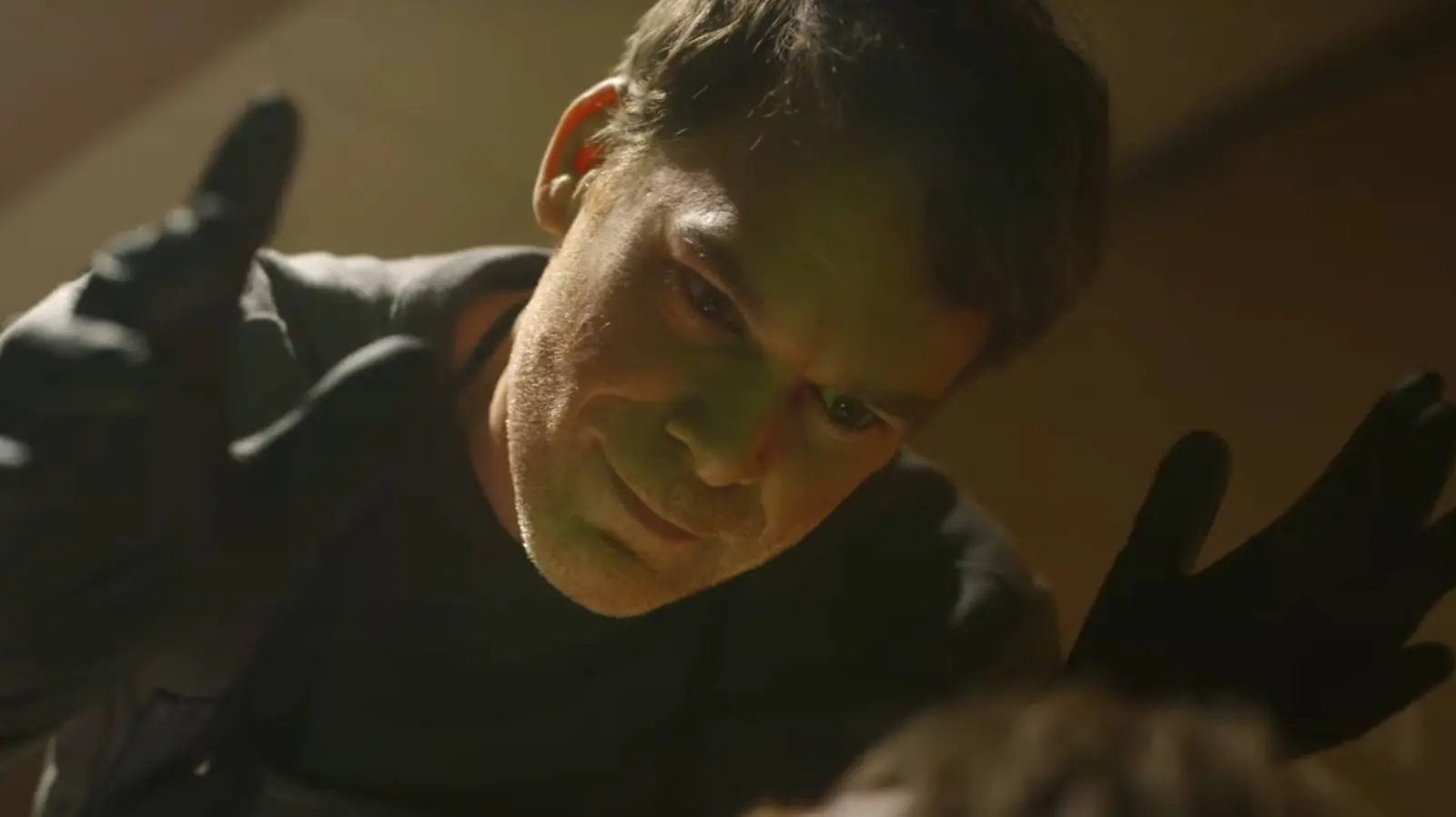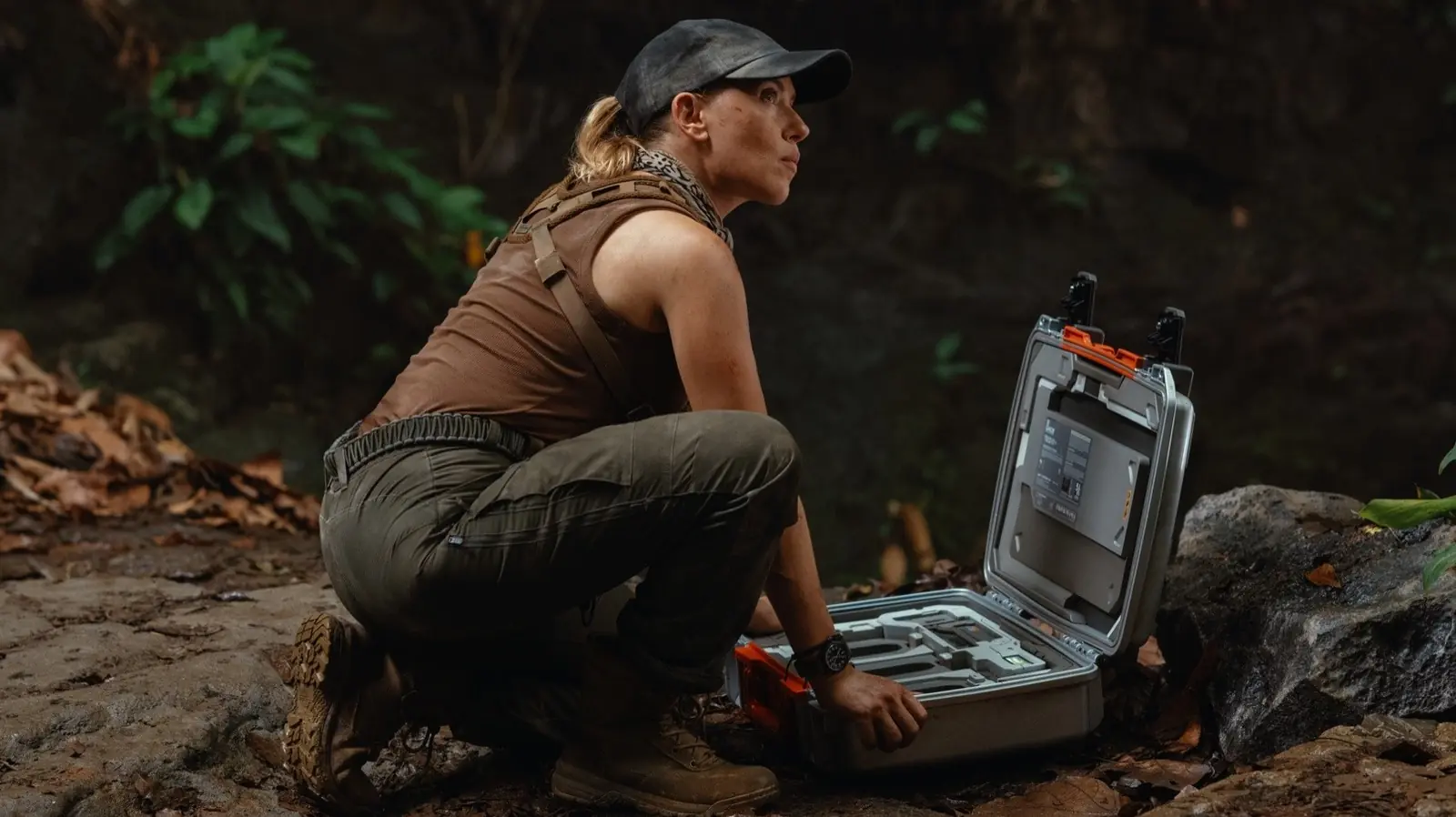In the vast landscape of horror, new subgenres emerge as creators continually seek innovative ways to unsettle their audiences. One such burgeoning subgenre is analog horror, a style that has rapidly captivated viewers with its distinctive approach and eerie charm. Pioneering films in this category, like “Skinamarink” and “Frogman,” have ignited conversations around what constitutes analog horror, leaving many curious about the elements that define it.
Analog horror, at its core, draws inspiration from the aesthetic and technological limitations of the pre-digital age. This subgenre thrives on the grainy visuals and lo-fi soundscapes reminiscent of the late 20th century, tapping into a nostalgic yet unsettling atmosphere. By replicating the look and feel of vintage media, it invokes a sense of timeless dread, as if the terror could seep from any forgotten corner of a dusty old tape.
“Skinamarink,” one of the leading examples of analog horror, exemplifies how this subgenre plays with audience expectations. The film immerses viewers in a world that feels vaguely familiar, yet intrinsically ominous. Its narrative unfolds in a way that is both disjointed and meticulously crafted, offering a haunting experience that’s different from the typical jump scares found in conventional horror films.
The allure of analog horror lies in its ability to merge the known and the unknowable. It often employs mundane settings—a suburban home, a deserted office, an AM radio broadcast—as backdrops for its peculiar narratives. These ordinary environments are transformed into haunting landscapes by the use of analog media characteristics. Grainy video footage, static-filled audio, and disrupted storytelling all contribute to a creeping sense of paranoia and unease.
Furthermore, the subgenre plays on the fear of obscurity and the unknown, urging viewers to confront deep-seated anxieties related to outdated technology and forgotten relics of the past. There’s an inherent fear associated with old analog devices—CRTs, VHS tapes, and rotary phones—evoking thoughts of what lurks behind their scrambled signals and distorted images.
“Frogman,” another noteworthy example within this subgenre, enhances its terrifying narrative through the limitations of its medium. By relying on found footage techniques and glitch-ridden effects, the film reinforces the unnerving ambiance that’s central to analog horror. The imperfections of deteriorating media create a layer of authenticity that digital clarity could never replicate. The suspense stems from both the narrative’s uncertainty and the tactile experience of engaging with seemingly haunted media.
The philosophical underpinning of analog horror explores our complex relationship with technology. In its attempt to mirror the lost world of analog, it subtly critiques the digital age, reminding us of the disconnect that comes with technological advancement. The subgenre taps into nostalgia, not with the intent to glorify the past, but to unearth the fear embedded in the residue of an era that promised much but often delivered anxiety.
Moreover, in an age where high-definition visuals dominate, analog horror’s return to grain and noise serves as a counterpoint, challenging the notion that clearer is better. Its appeal is intensified in the present context; as we are surrounded by digital clarity, the murky waters of analog style provoke a powerful reaction, suggesting that clarity in visuals does not always equate to clarity of understanding.
Though relatively new in the grand genre of horror, analog horror’s potential has not gone unnoticed. The subgenre’s ability to weave disturbing stories through relics of the past marks it as a territory rich with unexplored narratives. It serves not only as entertainment but also as a cultural artifact, examining our relationship with the past and present through the lens of fear.
The continued exploration of analog horror in media, such as in the work of filmmakers pushing its boundaries, indicates a bright future for this unnerving style. As storytellers harness the possibilities of analog horror, they will inevitably craft new experiences that question what it means to be afraid in a world that’s both modern and deeply entrenched in its yesteryears.
In conclusion, the subgenre of analog horror stands as a testament to the creative evolution within the realm of fear. Through films like “Skinamarink” and “Frogman,” it opens a dialogue about the nature of horror itself, inviting audiences to explore the frightening potential that lies within the convergence of outdated technology and the human psyche. As the genre grows and finds new expressions, it remains a beacon for those who seek to be tantalized by the shadows cast by the glow of a flickering screen.






